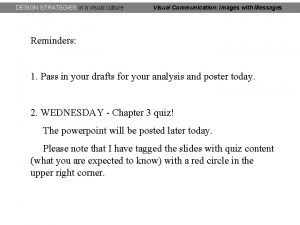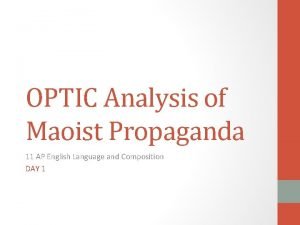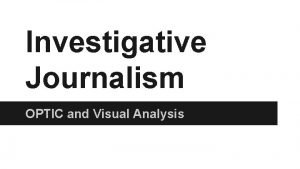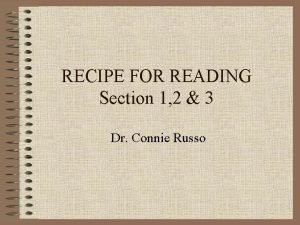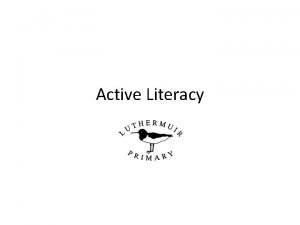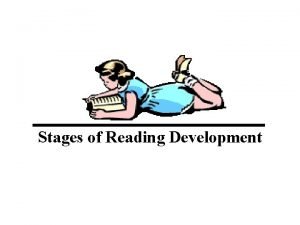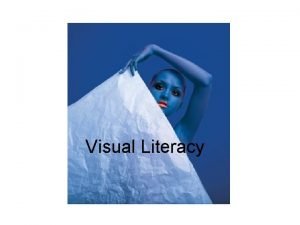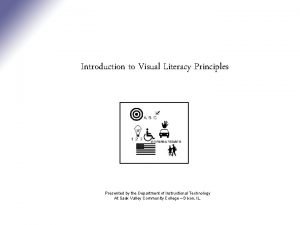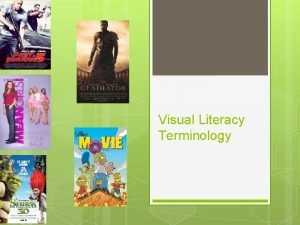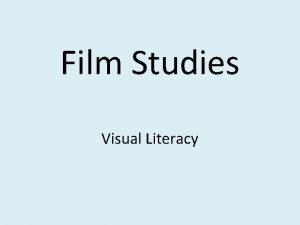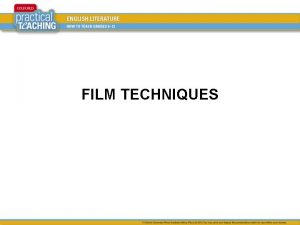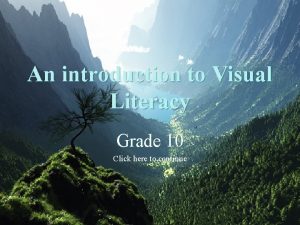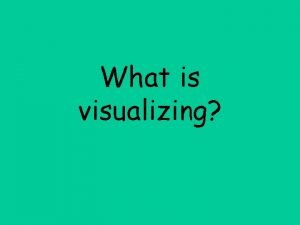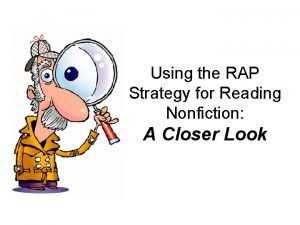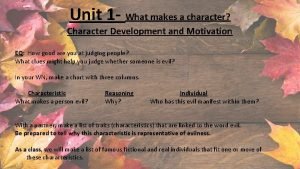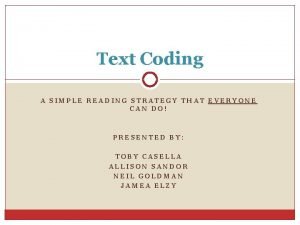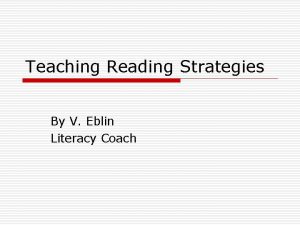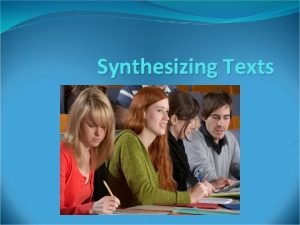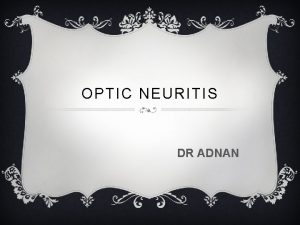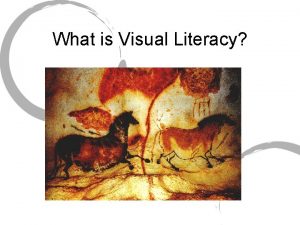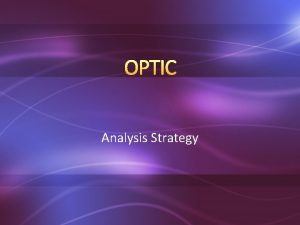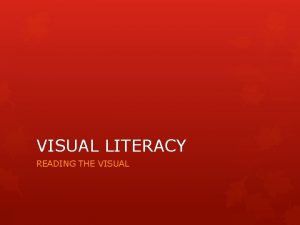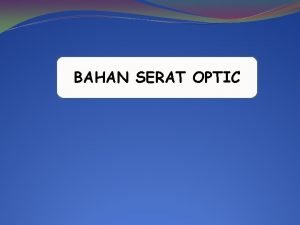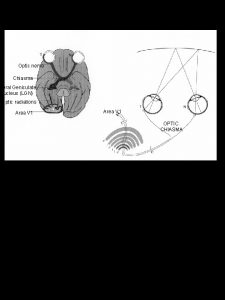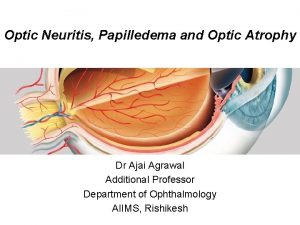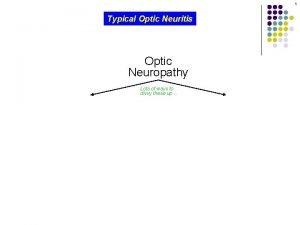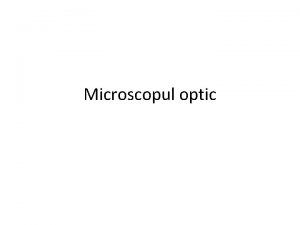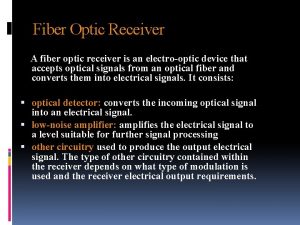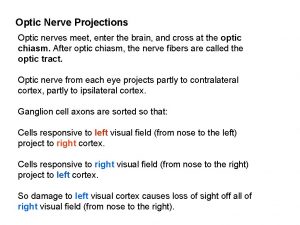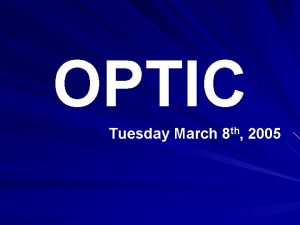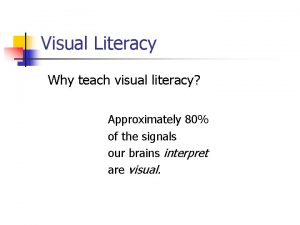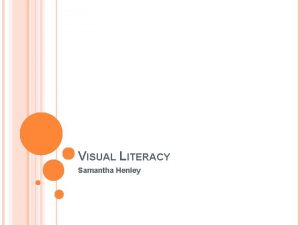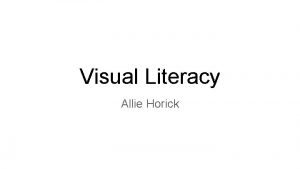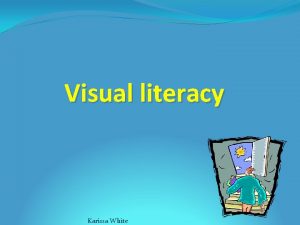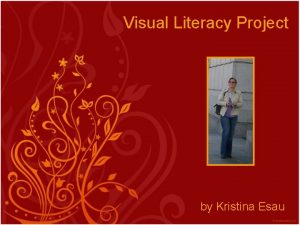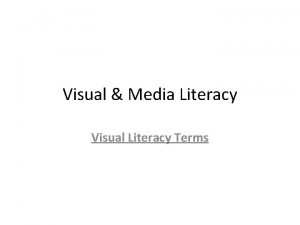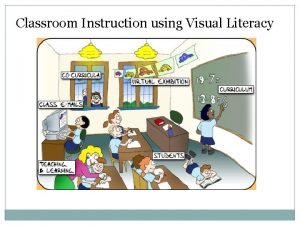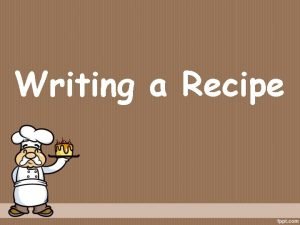OPTIC A Reading Strategy Recipe Visual Literacy Visual































- Slides: 31


OPTIC: A Reading Strategy Recipe Visual Literacy


Visual Literacy • What does “visual literacy” mean? • Write your definition • List three strategies you use to help understand when reading • Share with a partner

Visual Literacy • Similar skills and strategies used for reading text �decode, interpret, question, challenge, evaluate • We’re going to “read” a piece of art �A painting by Norman Rockwell, famous American artist • On the “OPTIC Recipe Card” write your first impressions about the image (just numeral 1 at the top, no further)

Visual Literacy • Using a process and having reading analysis tools helps improve understanding and expand literacy in general. • Reading text and reading art (or other non-print items) both strengthen skills that help all aspects of comprehension.

Essential Question How can using reading strategies enhance one’s comprehension?


OPTIC (a reading strategy) • Observations • Predictions • Titles/Themes • Inferences • Conclusions

OPTIC (a reading strategy) • Observations • Make a list of ten observations • Visual details only • Try not to make any interpretations at this point in the activity

OPTIC (a reading strategy) • Predictions • Make three predictions about what is happening in the picture (Use a highlighter or another method to color code each prediction with a different color)

OPTIC (a reading strategy) • Titles/Themes • Brainstorm potential titles for the art. • “The Shiner”

OPTIC (The Shiner) • Inferences • Use your predictions to make inferences • Give evidence for the predictions using the observations

OPTIC (The Shiner) • Inferences • Underline supporting evidence using the same color-coding from the prediction step

OPTIC (The Shiner) • Conclusions • Before writing anything down, think about who is pictured, what has happened, and when, where, why, and how it took place

OPTIC (The Shiner) • Pass your Recipe Card and write something next to “Who” Who is the girl? • Pass again and write something next to ”What” What did she do?

OPTIC (The Shiner) • Pass again, and fill out “When” When did it happen? • Pass again, and fill out “Where” Where did it happen? • Pass again, and fill out “Why” Why did it happen? • Pass again, and fill out “How” How will the situation be handled?


The Story Behind the Painting • Pass the Recipe Card back to its original owner • Read through the contributions from your peers • You’re going to use these details to write a story that explains the story behind the picture

The Story Behind the Painting • Describe the picture’s context, setting, characters, and plot/conflict • There should be at least one sentence for each of the question categories on the recipe card • Include specific details and imagery, as well as evidence from the art, to support your inferences and conclusions.

The Story Behind the Painting • Use the tape provided to tape your story to your back • Stand up and move around the room • Form small groups (3 or 4 students) • Stand in a circle facing each other’s backs • Read the story from the back of the person next to you • If time allows, rotate 180 degrees and read the story from the back of the person on the other side

What Changed? • Think back to your initial thoughts (prior to using OPTIC) • Consider your final comprehension (on the recipe card) • Share your thoughts with a partner • Explain how using the reading strategies enhanced comprehension


OPTIC Visual Literacy Practice • The OPTIC strategy can be applied to any text, art, video, etc. • Use the blank Recipe Card while watching this video version of “The Bully” by Roger Dean Kiser https: //youtu. be/Lh. HIY 1 Cn. O-o

OPTIC Visual Literacy Practice • Write down as many observations as you can (visual details) • Teacher will pause video at 2: 30 • Finish writing any observations • Write three predictions • Continue the video, when finished, the students will share their responses

OPTIC Reading Strategies with Text • Now apply the OPTIC reading strategies to the text version of The Bully �Underline key details (observations) �Make predictions �Look at the title/theme �Cite evidence for your inferences �Draw conclusions • While annotating, label all of the who, what when, why, and how elements that appear in the text

OPTIC Reading Strategies with Text • Write a one-paragraph descriptive summary of The Bully • Use all of the who, what when, why, and how elements that you indicated • Include details from your annotations


I Used To Think… • Refer back to the sticky note from the beginning of the lesson �What does “visual literacy” mean? �Write your definition �List three strategies you use to help understand when reading • Share out your original thoughts on visual literacy • Place your sticky notes on the T-chart

…But Now I Know • On a new sticky note write whether using the OPTIC strategy helped with your comprehension • If so, why and how did it help? • Share out your thoughts • Put the sticky notes on the T-chart

…But Now I Know • What were similarities when using the OPTIC strategy among the different tasks of analyzing the illustration, the video, and the short story? • What were differences when using the OPTIC strategy among the different tasks of analyzing the illustration, the video, and the story?
 Visual communication
Visual communication Optic strategy examples
Optic strategy examples While reading activities
While reading activities Venn diagram media information and technology literacy
Venn diagram media information and technology literacy Difference between media literacy and technology literacy
Difference between media literacy and technology literacy They provide information to media users.
They provide information to media users. Cyber literacy for the digital age
Cyber literacy for the digital age Optic visual analysis
Optic visual analysis Recipe for reading
Recipe for reading Literacy pyramid
Literacy pyramid 5 stages of reading development
5 stages of reading development Lines, symbols, color, gaze, texture, and framing are
Lines, symbols, color, gaze, texture, and framing are Principles of visual literacy
Principles of visual literacy Visual literacy terminology
Visual literacy terminology Visual literacy in film
Visual literacy in film Visual literacy children's picture books
Visual literacy children's picture books Visual techniques in film
Visual techniques in film Visual literacy grade 10
Visual literacy grade 10 St. louis
St. louis Aims and objectives of reading
Aims and objectives of reading 2 types of reading
2 types of reading Edb net section
Edb net section It is an active process of discovery.
It is an active process of discovery. Intensive reading and extensive reading
Intensive reading and extensive reading Intensive reading and extensive reading
Intensive reading and extensive reading Style of reading
Style of reading What is visualizing?
What is visualizing? Rap strategy reading
Rap strategy reading Those winter sundays answer key
Those winter sundays answer key Text coding reading strategy
Text coding reading strategy Reading strategy examples
Reading strategy examples Synthesizing texts
Synthesizing texts
